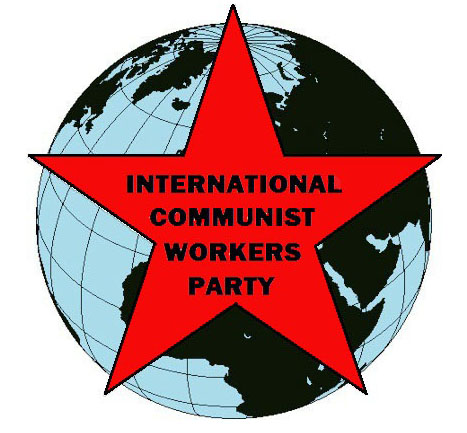
 |
FIGHT FOR COMMUNISM! |
International Communist Workers Party | |
In the last column on the history of dialectics, we discussed a fundamentally mistaken idea developed in the USSR in the 1930s, the so-called non-antagonistic contradictions (NACs). Soviet writers never settled on a single explanation of what was supposed to make a contradiction antagonistic or not. They did claim, however, that the contradictions of socialist society do not tend to become intense, lead to crises and explosions, or require violence in order to be resolved. This is just the opposite of what actually happened in the USSR and later in China.
Wrong as the NAC idea was, it did have an important correct aspect. Contradictions within the party or the working class are not resolved the same way as our contradictions with capitalists and their agents, the politicians, generals, cops, union leaders etc. Both contradictions inside the party and contradictions between workers and bosses can be resolved only by a struggle. Struggle makes contradictions develop, that is, it makes the sides of the contradiction become more clearly defined and the conflict between the two sides sharper. The difference between many contradictions within the party and contradictions between the masses and the bosses is the way that these contradictions develop and become intense.
Party members share (or should share) a common commitment to figure out the truth and use it to find the best way to communism. Their contradictions are about which line is best. The Bolsheviks (Soviet communists) called the process of working out the best line “criticism and self-criticism.” Even before the revolution Lenin had written:
“Frankly admitting a mistake, figuring out the reasons for it, analyzing the circumstances which gave rise to it, and thoroughly discussing the means of correcting it—that is the earmark of a serious party; that is the way it should perform its duties, that is the way it should educate and train the class, and then the masses.”
Bolshevik philosophers often claimed that all NACs could be resolved by criticism and self-criticism. In one of many confusions about NACs, however, they correctly recognized that debates in the party can become very intense and sharply defined. Descriptions like “the fire of self-criticism” or “burning issues” were common in the 1930s discussions of supposed NACs.
This confusion can be cleared up this way: when people are committed to finding the right line, their contradictions are primarily between ideas. Contradictions between these ideas become intense and if they are resolved, this happens by most people being won over to see one line as the best. Errors are defeated, not the people who made them.
This way of understanding things will only be correct if most of the party members are willing to accept and acknowledge their own errors in order to find the best ideas to advance the interests of the masses. This is a situation that has to be fought for and maintained by good leadership. Even the best leadership cannot achieve this under socialism, however. In socialism there is a hierarchy of income and privileges, and the leaders that have those privileges fight to keep and extend them.
From its early days, top party and state officials in the USSR had a much higher standard of living than the masses. Some of them did not want to risk their privileges in the intense struggle to collectivize agriculture and create heavy industry and a powerful army. In the late 1930s, as it seemed more and more likely that the USSR would be fighting a battle to the death with Nazi Germany or the Japanese Empire or both, groups of former party leaders whose policies had been defeated in the internal debate conspired to kill Stalin and other top leaders. Some of the conspirators were officials of the government police forces, who used their positions to kill many people and undermine the party leadership. Soviet archives opened in the 1990s show that over 600,000 people were executed in 1937-8, many of whom had committed no crime. (Anti-communist writers have made up far higher figures.)
No matter what kind of explanation of “non-antagonistic contradictions” is cooked up, the facts show that NACs didn’t apply to Soviet reality (or anywhere else). Under communism, however, mass mobilization and leaders without privileges will be able to resolve most social contradictions by wide debate, which will sometimes become intense, as resolution requires.